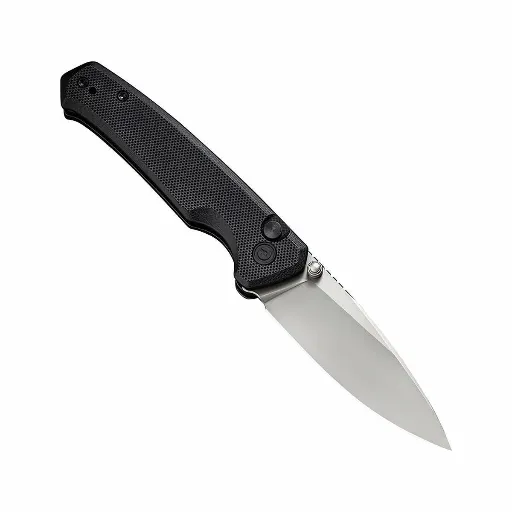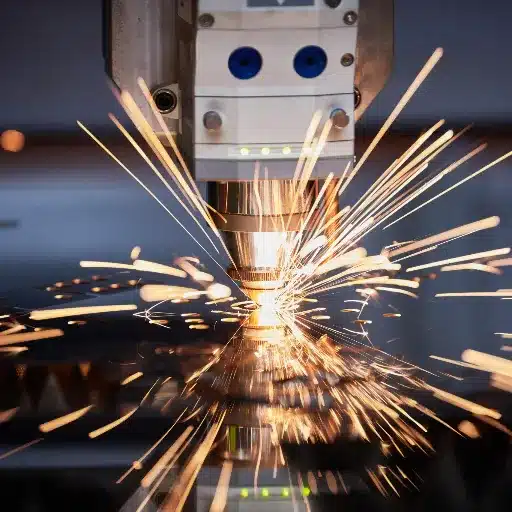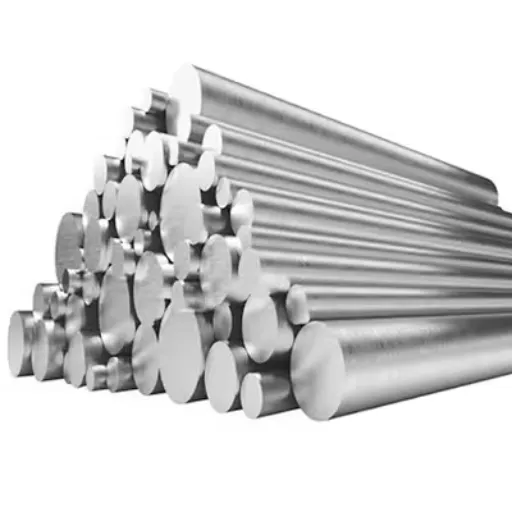304 stainless steel, which in Spanish goes by “acero inoxidable 304”, is one of the materials most commonly used across different industries worldwide. It is highly regarded for its excellent resistance to corrosion, durability, and flexibility, making it essential to construction, industrial processes, and even household items. This guide deeply analyzes what sets 304 stainless steel apart from the rest. This guide includes its chemical composition, important properties, industrial applications, and comparison to other steel grades. In the final chapter, we will analyze the advantages and disadvantages and why it has become so popular among different manufacturers and industries. If you are a seasoned professional in stainless steel or want to learn more about the material and its uses, this guide will help enhance your understanding of 304 stainless steel.
What is 304 Stainless Steel and Why is it Widely Used?
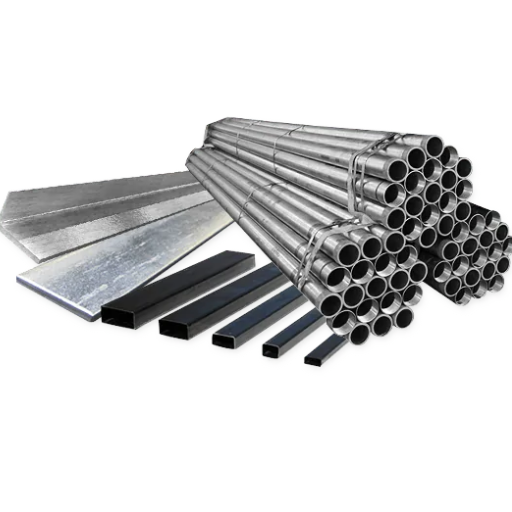
304 Stainless steel is one of the most popular stainless steel due to its corrosion resistance, strength, and adaptability. It is classified as austenitic due to the high amounts of chromium and nickel and resistant to oxidization and rusting in water and mildly acidic liquids. The construction, food processing, and medical industries utilize this material due to its strong mechanical properties, hygienic features, and excellent appearance. The balance between low cost, remarkable efficiency, and many use chances makes 304 stainless steel popular.
Understanding the Chemical Composition of Acero 304
Also known as 304 steel, it is made out of iron, chromium, and nickel, the chromium content varying from 18-20% and the nickel from 8-10.5%. These elements cause the product’s outstanding tarnish and oxidation resistance. Besides that, it has minute quantities of manganese, carbon, sulfur, silicon, and phosphorus. Balancing these elements enhances the stainless steel’s durability, ease of fabrication, and adaptability to many industries, from food to medical.
Exploring the Mechanical Properties of 304 Stainless Steel
Because of its remarkable strength, ductility, and toughness, 304 stainless steel is valuable in many industries. Below are its key mechanical properties:
- Tensile Strength: Capable of withstanding a minimum of 515 MPa and as much as 750 MPa, demonstrating its ability to endure immense stress before failure.
- Yield Strength: Forward Approximately 205 MPa, displaying its ability to withstand set stress levels without permanent deformation.
- Elongation: In the region of 40 to 50 percent, high ductility levels and the ability to elongate before fracture are indicated.
- Hardness: Moderate indention of as much as 70 and at least 90 HRB (Rockwell Hardness) relating to resistance to wear and deformation.
- Modulus of Elasticity: Roughly 193 GPa is considered elastic deformation, indicating stiffness and resistance.
These features enable 304 stainless steel to withstand severe conditions without compromising its formability and reliability.
The Role of Chromium in Corrosion Resistance
Chromium improves the corrosion resistance of 304 stainless steel by passively oxidizing on the surface of the steel. Specifically, the protective layer, which has chromium oxide (Cr₂O₃), inhibits the ingress of both oxygen and water, which can result in oxidation or rusting of the metal. In most cases where passive layers are featured, stainless steels require a minimum of 10.5% chromium. Because 304 stainless steel has over 18-20% chromium, it works well in highly corrosive environments, even acidic or saline environments.
Additionally, chromium contributes to resilience against pitting, usually caused by chloride ions, and even under uniform corrosion in the less aggressive environment. The oxidation layer of protection has self-healing abilities, so if the surface is scratched, the coating can regenerate, given ample oxygen available. This ability makes 304 stainless steel trustworthy in cases where corrosion resistance is crucial. The technical parameters of robustness in the case of corrosion resistance for 304 stainless steel are its chromium content at 18-20% and nickel at 8-10.5%.
How Does 316 Compare vs 304 Stainless Steel?

Compared to 304, the primary structural difference with 316 is the continued corrosion resistance, particularly with chlorides and aggressive environments. This is due to the addition of Molybdenum in 316, which is around 2-3% and dramatically improves the pitting and crevice corrosion resistance. Although both grades have nearly identical mechanical properties, chromium, and nickel content, 316 is more often used in chemical processing, marine industry, or any area containing high salts or other corrosive materials. Still, along with the rest of the 300 series, the 304 is readily available and inexpensive, encouraging usage in less corrosive environments where it is still very effective.
The Difference Between 304 and 316 Stainless Steel
I think the battle between 304 and 316 stainless steel comes down primarily to corrosion resistance and particular application requirements. 316 stainless steel is improved by adding molybdenum, which significantly enhances its resistance to chlorides. This makes it ideal for marine atmospheres or other industries that use strong chemicals. 316 stainless steel is also much more expensive. 304 Stainless steel is versatile and cheaper than 316. 304 stainless steel is well suited for moderate to less severe environments. If your project does not involve high salinity or corrosive environments, 304 might be the practical choice on most budgets. That’s my approach, balancing performance and cost for my requirements.
When to Choose 316 over 304 Stainless Steel
If you expect a lot of corrosion, like exposure to seawater chloride or harsh chemicals, I strongly suggest using 316 stainless steel. Combining higher nickel content with added molybdenum gives 316 steel the superior ability to withstand corrosion compared to 304 steel. 316 stainless steel, for example, handles salt spray and rough industrial conditions much better than 304 stainless steel. Factors you should consider are its pitting resistance, which is equal to roughly 25 for 316 and 18 for 304, and the tensile strength, which is lower than 304 but higher than 316. The ultimate tensile strength for 316 is about 515 MPa, while that of 304 is 505 MPa. Nonetheless, the added durability in the corrosive environment does make up for it. If these seem too daunting for you, rest assured that if durability in tough conditions is your main concern, 316 is undoubtedly the better choice.
What are the Corrosion Resistance Properties of 304?
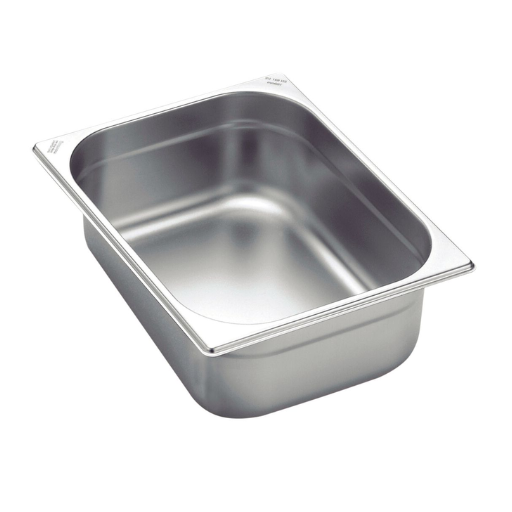
304 stainless steel is widely recognized for its capability to resist corrosion in various environments. It does well in mild to moderate aggressive conditions, such as exposure to the atmosphere or freshwater. However, it has lower pitting and crevice corrosion resistance than 316 in chloride environments. The chromium content in 304 forms a passive oxide layer, which protects it from rust, but it cannot withstand highly corrosive substances or saltwater for prolonged periods. Overall, 304 can be relied upon for general-purpose corrosion resistance in most uses.
Factors Affecting Corrosion in Acero Inoxidable 304
In my understanding, the available information suggests that the corrosion resistance of acero inoxidable 304 is influenced by numerous factors. Firstly, the environment is critical; chloride, or highly acidic environments, can lead to accelerated pitting and crevice corrosion. Secondly, the temperature does play a role in corrosion, with higher temperatures typically providing less corrosion resistance. Finally, maintenance and cleaning practices matter; regular maintenance reduces the possibility of deposits that can lead to localized corrosion. While 304 is widely used for many applications, you must consider the circumstances it will be exposed to.
How Welding Impacts Corrosion Resistance
I can tell you my insights on the correlation between welding and corrosion resistance and how it impacts technique. Structurally, welding modifies metal, and it’s his modification that happens in the Heat Affected Zone that is known to corrode. For instance, stainless steel can experience what is known as sensitization, such that after the weld is done, excess chromium is lost, which makes the surrounding region prone to corrosion. Heat treatments, post-welding, low-carbon alloys like 304L, or stabilizing compounds like titanium could be used to overcome difficulties that are posed by these contaminants. The right combination of procedures, such as using proper welding practices with the right materials, resists corrosion.
Why Choose 304 Stainless Steel Sheet for Your Project?
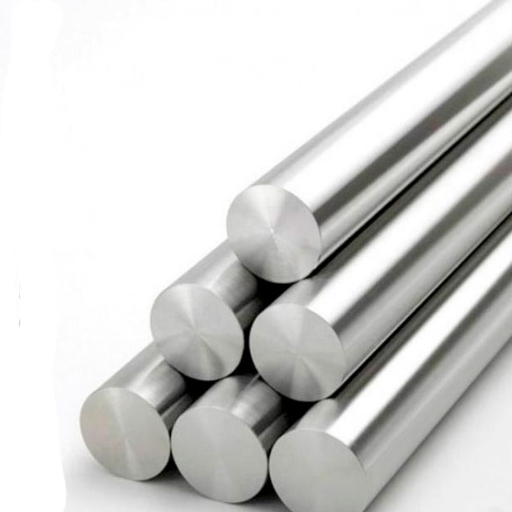
The versatility and usefulness of 304 stainless steel sheets have made them highly sought after due to their reasonable cost, spectrum of durability, and excellent ability to resist corrosion. Because of 304’s higher volumetric chromium and nickel constituents is well-suited for both industrial and marine environments. It is also easily fabricated and welded, making it possible to use the material for other structures and as a decorative element. Economically favorable, 304 stainless steel does not compromise reliability and offers range-free performance for various projects sustaining durability.
Applications of 304 Stainless Steel Sheet
304 stainless steel sheets are highly adaptable and can be utilized in numerous ways. Personally, I use them with sinks, backsplashes, and even flatware because they are sanitary, effortlessly cleanable, and corrosion-resistant. Moreover, they are perfect for architectural projects like cladding and handrails because of their durable nature. Also, I use 304 stainless steel sheets for chemical containers and piping systems in industrial applications because they do not oxidize and can stand up to various chemicals.
Technical Parameters:
- Density: 8.0 g/cm³
- Tensile Strength: 515 MPa (minimum)
- Yield Strength: 205 MPa (minimum)
- Elongation: 40% (in 2 inches)
- Operating Temperature Range: Continual use up to 870°C, Intermittent use up to 925°C
- Corrosion Resistance: Excellent in atmospheric and slightly corrosive environments
As seen, their broad selection of sustained applications, range of practical uses, and excellence in performance make them ideal as 304 stainless steel sheets.
Advantages of Using 304 Stainless Steel Sheet
- The versatile nature of 304 stainless steel sheets makes them useful for various applications, including kitchen appliances and industrial machines.
- Those sheets have excellent tensile and yield strength which means they can offer great performance, and survive for a long period without wearing out.
- Their resistance to atmospheric and mild corrosive places ensures reliability in multiple conditions.
- These sheets can operate at 870 degrees Celsius continuously and 925 degrees Celsius intermittently, making them suitable for high-temperature uses.
- These sheets can easily be formed, cut, and welded, making them a favorite among manufacturers and craftsmen.
- Their durability and low maintenance combination have made them a cost-effective solution.
What are the Alternatives to 304 in Stainless Steel?
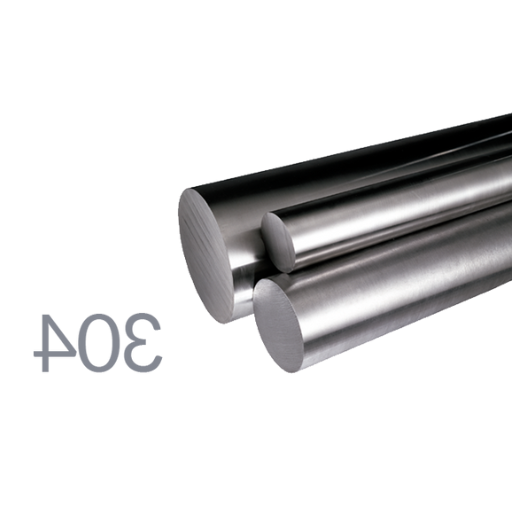
When choosing substitutes for 304 stainless steel, the options vary as per the specific needs:
- 316 Stainless Steel: Provides the best corrosion resistance, especially in relationship to chlorides, making it useful in marine and chemical industries.
- 430 Stainless Steel: Cost-effective with reasonable corrosion resistance. Used in decorative and light-duty applications.
- 201 Stainless Steel is a less expensive option that offers good but suboptimal corrosion resistance and may not work for extremely corrosive environments.
- 310 Stainless Steel: Works well for high-temperature applications due to its high resistance to heat.
- 321 Stainless Steel: Suitable for welding because of intergranular corrosion due to its titanium content.
These options are best suited for differing industries and environmental settings and conditions.
The Role of 430 Ferritic Stainless Steel
In my professional opinion, 430 Ferritic stainless steel is handy when moderate corrosion resistance, formability, and cost economic factors are primary. Its high chromium content makes it prone to oxidation, making it suitable for indoor use or mildly corrosive atmospheres. Moreover, it performs well in particularly decorative or functional components, such as kitchen appliances and auto trims. However, unlike other stainless steel grades, it does not perform well in highly corrosive environments or high-temperature locations. What makes this grade of stainless steel appealing to me is its relatively low price and easy fabrication for non-critical applications.
Understanding Grade of Stainless Steel Variations
There is a wide variability of grades of stainless steel in terms of their composition, mechanical properties, and resistance to corrosion, which differs from grade to grade. Each grade is viable for a different application. Below is a summarization of the most critical factors for a few common grades:
Grade 304
- Composition: 18-20% Chromium, 8-10.5% Nickel
- Corrosion Resistance: High general resistance and also resistance for mild corrosive environments.
- Temperature Resistance: 870°C for intermittent exposure and 815°C for continuous exposure.
- Uses Kitchen equipment, automotive trims, and commercial appliances.
Grade 316
- Composition: 16-18% Chromium, 10–14 % Nickel, and 2-3% Molybdenum
- Corrosion Resistance: Remarkable, particularly for exposure to various chlorides and salts.
- Temperature Resistance: Identical to grade 304; tends to be more resistant to pitting and crevice corrosion than grade 304.
- Uses: Marine environments, Medical equipment, and Chemical processing.
Grade 430
- Composition: 16-18% Chromium and less than 0.75% Nickel
- Corrosion Resistance: Moderate, not suited for extreme applications.
- Temperature Resistance: Less than other austenitic grades, like 304 or 316.
- Uses: Indoor appliances, decorative purposes, and non-critical components.
Selection regarding grades, environmental exposure, mechanical criteria, and budgetary limitations should be addressed for best performance in the desired application.
References
- 304 Stainless Steel: The Ultimate Guide – Ulbrich
- A Comprehensive Guide to 304 Stainless Steel – Enze
- Stainless Steel Resource Guide – Key Metals
Frequently Asked Questions (FAQ)
Q: What is 304 stainless steel?
A: 304 stainless steel is an austenitic stainless steel that is part of the family of 300 series stainless steels. It is one of the most versatile and widely used alloys worldwide, known for its excellent corrosion resistance and high tensile strength.
Q: What makes 304 stainless steel ‘austenitic’?
A: The term ‘austenitic’ refers to the crystalline structure of the alloy. Austenitic stainless steels, like 304, have a face-centered cubic crystal structure, which enhances their toughness and ductility compared to other types, such as martensitic stainless steel.
Q: How does the carbon content affect 304 stainless steel?
A: The carbon content in 304 stainless steel is typically kept low, usually around 0.08% max, which helps enhance its corrosion resistance and prevents it from becoming brittle at lower temperatures.
Q: What are the primary components of 304 stainless steel?
A: 304 stainless steel primarily consists of iron, chromium, and nickel. The chromium content is generally between 18% and 20%, and the nickel content ranges from 8% to 10.5%, which help give the alloy its corrosion-resistant properties.
Q: How does 304 differ from other steel grades?
A: Grade 304 stainless steel is distinguished from other steel grades by its combination of corrosion resistance, formability, and weldability. Unlike carbon steel, it does not rust easily and maintains its strength at high temperatures.
Q: Where is 304 stainless steel used?
A: 304 stainless steel is used in various applications, including kitchen equipment, chemical containers, heat exchangers, and architectural paneling. Its versatility makes it suitable for both industrial and consumer products.
Q: How does 304 stainless steel compare to carbon steel?
A: Compared to carbon steel, 304 stainless steel offers superior corrosion resistance and does not require protective coatings. It is also more ductile and has a higher tensile strength, making it ideal for applications where strength and durability are critical.
Q: What is the significance of the ‘304’ designation?
A: The ‘304’ designation refers to its classification within the American Iron and Steel Institute (AISI) standards for stainless steel grades. It identifies the alloy’s specific composition and properties, ensuring consistency and reliability in its fabrication and use.
Q: Can 304 stainless steel be used at high temperatures?
A: Yes, 304 stainless steel can be used at high temperatures up to about 870°C (1600°F). It maintains its strength and corrosion resistance at these elevated temperatures, making it suitable for applications such as heat exchangers and furnace parts.

